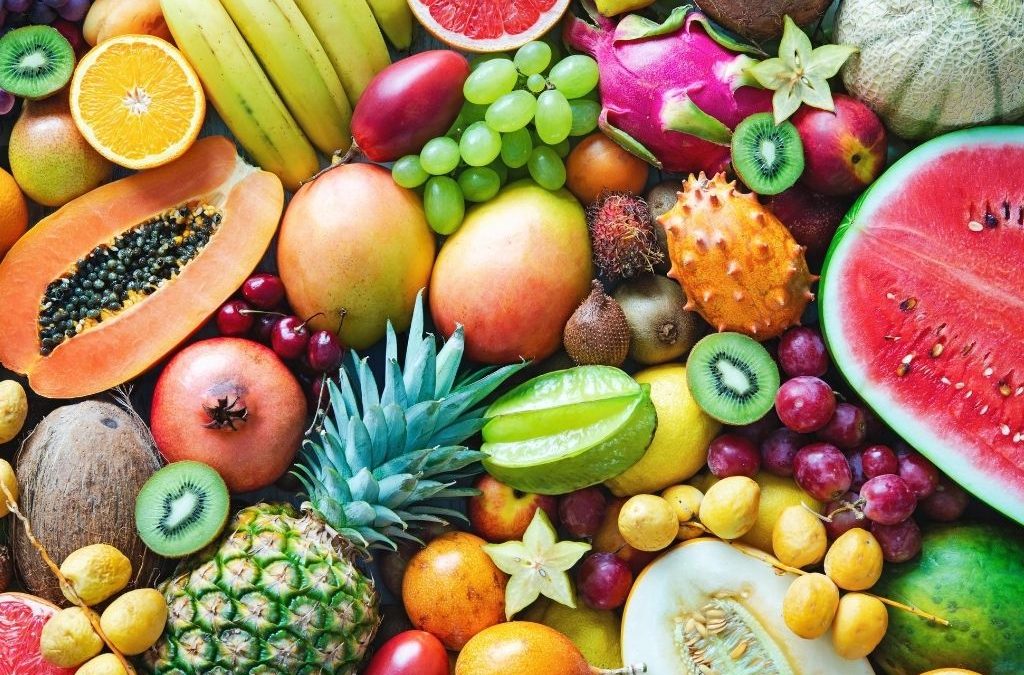Did you know that combining certain foods can help boost nutrient absorption?! Your body will be able to better absorb certain vitamins, minerals and antioxidants when eaten together in the same meal.
Here are some combo’s to try for maximum nutrient absorption:
- Vitamin C & Non-Haem Iron – Vitamin C can increase non-haem iron (i.e. iron found in plant foods) absorption by up to 50% when eaten together. Vitamin C rich foods include citrus fruits, mangoes, berries, kiwi fruits, pineapples, papayas, capsicum & tomatoes. Non-haem iron is found in beans, lentils, tofu, nuts, seeds, leafy greens and wholegrain breads & cereals. If you have low iron levels, click here to learn more.
- Calcium & Vitamin D – When eaten together, Vitamin D can help increase the absorption of dietary calcium in your intestines. Both Calcium and Vitamin D are needed for strong bones. Vitamin D can be found in foods like salmon, tuna, eggs & fortified milks. Your body also makes Vitamin D when your skin is exposed to sunlight. Calcium rich foods include dairy and and many non-dairy foods like salmon with bones, leafy greens & fortified plant milks. Click here for a full list of non-dairy calcium foods.
- Fat & Fat-Soluble Vitamins – Vitamins D, E, K & A are fat soluble, meaning they need a fat present so your body can absorb them. Vitamin K is found in leafy green veggies, Vitamin A is found in orange and yellow veggies, Vitamin E in nuts and seeds and Vitamin D as listed above. Fat sources to include for maximum absorption of these vitamins can include avocado, nuts, seeds and olive oil. This is why it is good to bake with healthy oils like olive oil and include healthy olive oil dressings on your salads! Learn more about fats here.
- Complimentary Proteins – Only some foods contain all essential amino acids, which make them a compete protein. Other protein sources like grains, nuts & legumes are incomplete proteins, meaning they don’t contain all the essential amino acids that our body requires. However you can combine incomplete proteins in the one meal to create a complete protein. Examples include hummus and wholegrain crackers, nut butter on wholegrain bread, quinoa with corn and beans and brown rice.



Always wondered about this stuff.
Thanks heaps Rebecca, Think I’ll do some extra homework and find out more about it 🙂